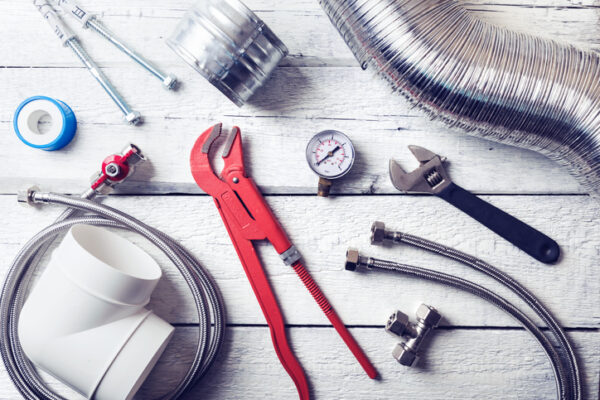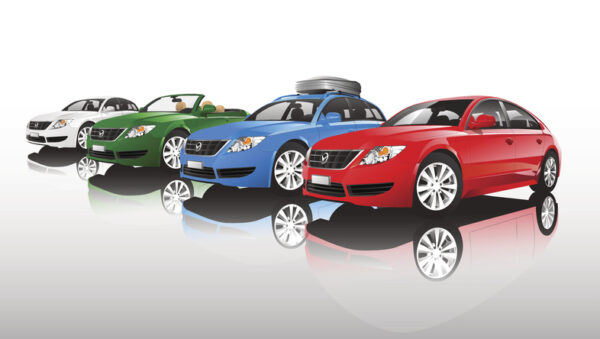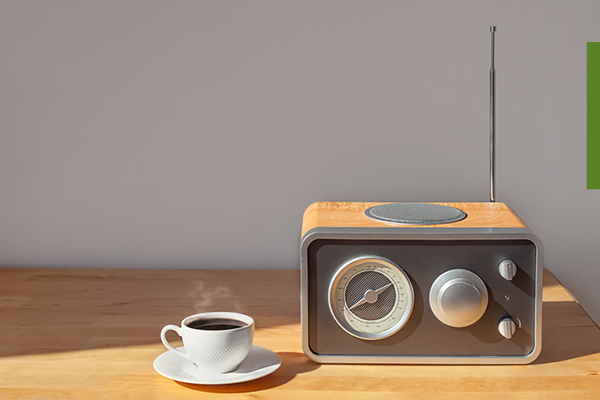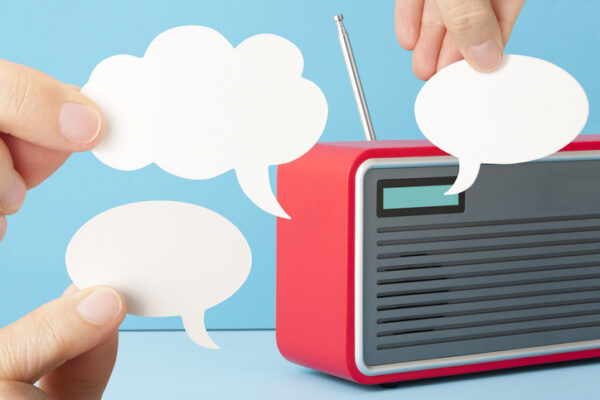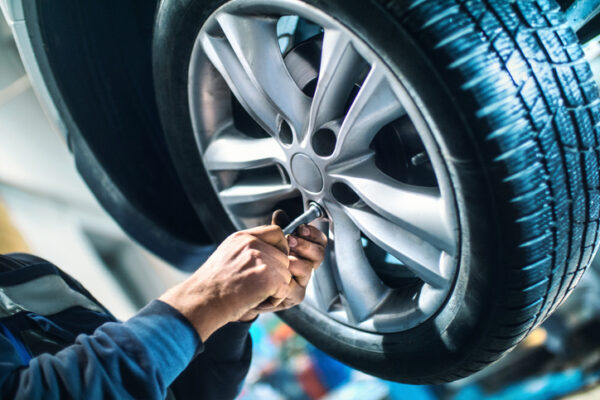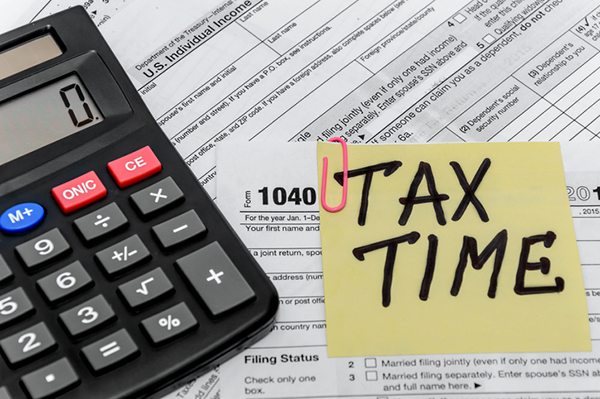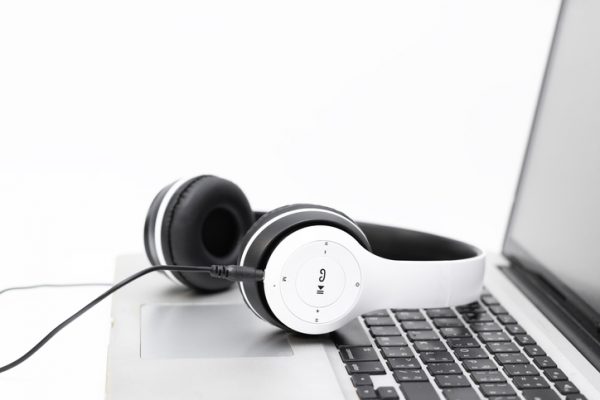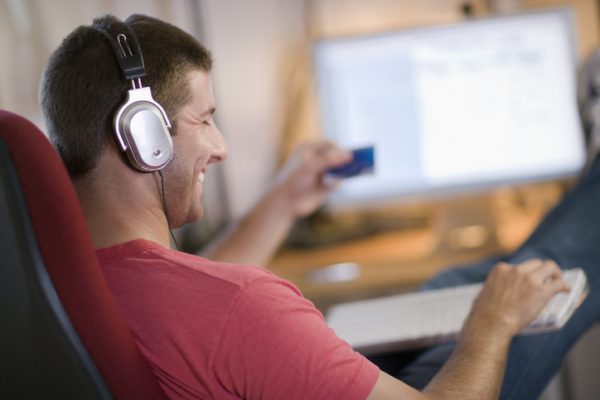Contributor: Rick Kestenbaum, general manager, AnalyticOwl
According to the National Association of Realtors, the average age of a home in the U.S. is 39 years. That creates constant opportunity for plumbing and HVAC companies. Radio has proven to be an excellent way to not only promote emergency services, but also to get listeners thinking about profitable replacements, upgrades and renovations.
AnalyticOwl Industry Insights reports for these categories, based on responses measured between July 2021 and June 2023, reveal a number of opportunities that advertisers can use to better understand the impact of radio on website traffic and to understand where and how to optimize to even better response.
One key finding is that during this date range, 84% of plumbing website visits and 75% of HVAC website visits that occurred immediately after commercials aired came from search engines (Google, Bing, Yahoo, etc.), while only 14% of plumbing website visits and 24% of HVAC website visits came from users who entered a specific website address. Why is this important? In Google Analytics, the “Referring Source” metric identifies the last website a visitor was on. That can give the impression that all of that traffic should be attributed to search engines when in reality many visits ae from people who had just heard a commercial and then used a search engine to get to the site. Understanding that people will overwhelmingly behave this way no matter what call to action is used is key to understanding the full impact of radio. Hard-to-remember website or landing pages addresses, dedicated phone numbers and response codes all attempt to create a narrow response path that most people simply won’t go down.
For both categories, response rates were at a fairly consistent level from Tuesday to Saturday. In this case, the best strategy is a consistent presence throughout the week in order to leverage that steady flow. The best daypart overall was Midday, 3 p.m. to 7 p.m., but Afternoon was close behind as was Morning Drive, which is unusual since Morning Drive usually drives higher numbers later in the day as a benefit of reach and frequency. Evenings and Overnights often prove to deliver good value given lower rates. And :30 was the best-performing ad duration, driving 2% lift in web traffic. This is an important consideration for those using :15s and/or :60s.

Radio visitors also drove quality visits. Session durations averaged 1 minute, 14 seconds with an average of 1.7 pages viewed, indicating serious interest and response. Bounce rates were under 50%, indicating that fewer people just visit a single page before leaving the site. And over 50% of site visitors used a mobile device, a great reminder that radio audiences can easily respond anywhere and everywhere.
Radio reaches adults who are in the market for plumbing and HVAC upgrades. According to Scarborough’s USA+ 2023 Release 2, radio reaches not only 86% adults who are planning any home improvement but 84% with HVAC plans and 86% plumbing plans.
Tapping into radio’s reach, advertisers who follow these insights will find that increased response leads to increased conversions and increased revenue.


